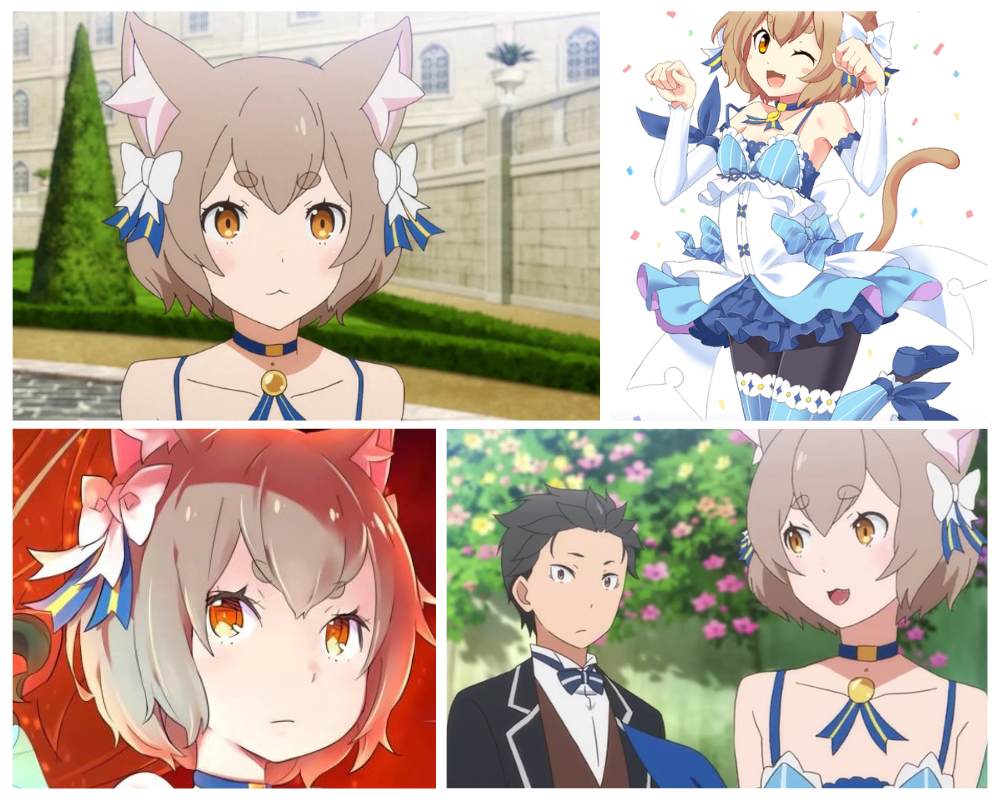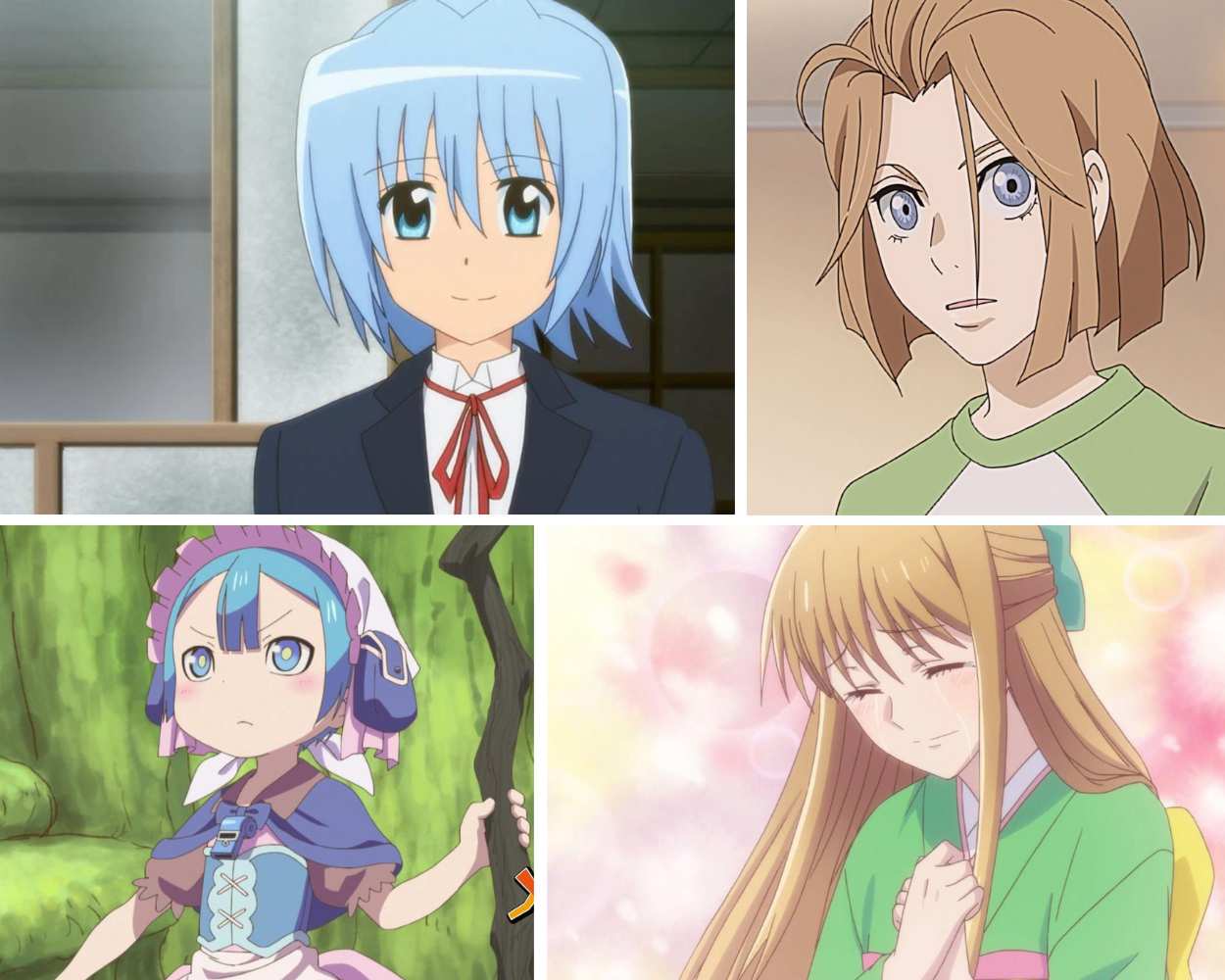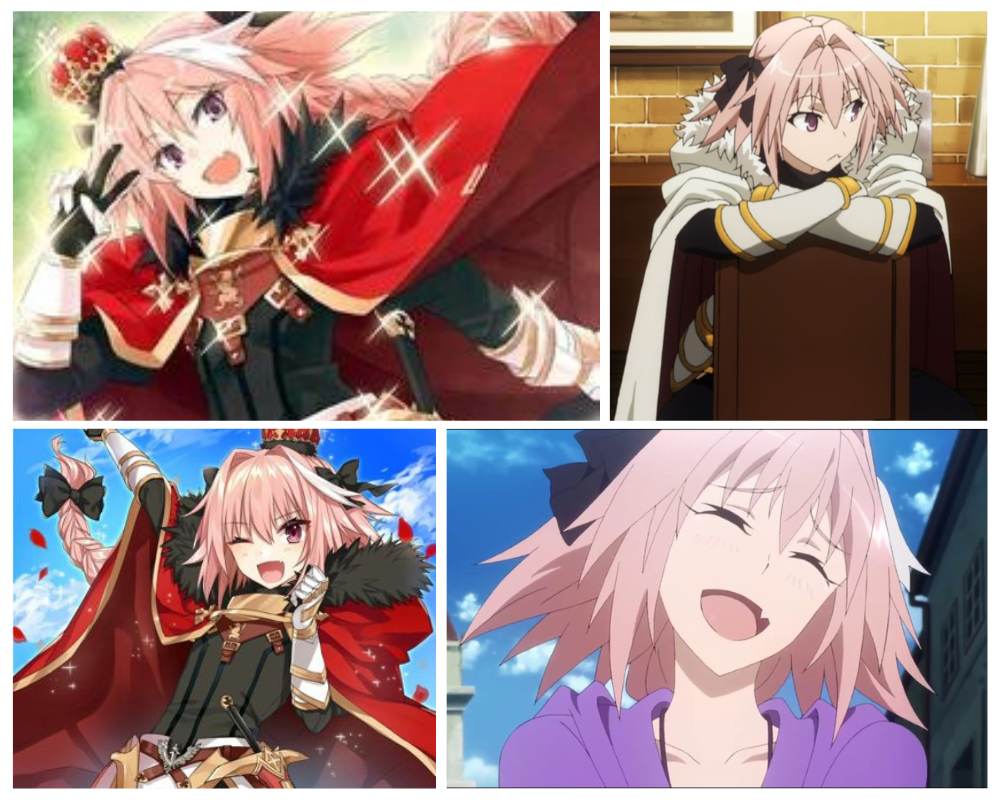If you've been diving deep into the world of anime, chances are you've come across femboy characters in anime. These characters are not just side notes in a story; they're powerful representations of gender identity, fluidity, and self-expression. Anime, as a medium, has always been a space where creators can push boundaries and explore complex themes. And femboy characters? They're at the forefront of this movement. Whether you're a long-time fan or just starting to explore the genre, femboy characters offer a unique perspective that challenges societal norms and sparks meaningful conversations.
Now, let's be honest here—femboy characters in anime aren't exactly a new concept. They've been around for decades, often portrayed in various ways, from subtle hints to bold, in-your-face representations. But why is this topic so important? In a world where gender identity is becoming more visible and celebrated, understanding these characters helps us appreciate the diversity within anime and the broader LGBTQ+ community. It's not just about entertainment; it's about representation and respect.
As we dive deeper into this article, we'll explore everything from the history of femboy characters in anime to their impact on fans and society. We'll also look at some iconic characters who have left a lasting impression on the anime world. So, grab your favorite drink, settle into your cozy spot, and let's unravel the fascinating world of femboy characters in anime together.
Read also:Tri City Water Follies Photos A Splashy Adventure Through Time
What Are Femboy Characters in Anime?
First things first, let's break it down. Femboy characters in anime refer to male characters who express themselves through traditionally feminine traits, clothing, or behaviors. This can range from cross-dressing for comedic effect to characters who deeply embrace their feminine side as an integral part of who they are. It's important to note that these characters don't always identify as transgender or non-binary, but they do challenge gender norms in their own unique ways.
Think about it—anime often explores themes of identity and self-discovery, and femboy characters are a perfect example of this. They show us that gender expression isn't limited to societal expectations. Instead, it's a personal journey that can be as diverse and colorful as the characters themselves.
Why Are Femboy Characters Important?
Representation matters, and femboy characters in anime play a crucial role in showcasing diverse gender identities. By including these characters, creators open up conversations about gender fluidity, acceptance, and understanding. It's not just about entertainment; it's about giving a voice to those who might feel unseen or misunderstood in mainstream media.
For many fans, seeing femboy characters can be a life-changing experience. It can validate their own identities or help them better understand others. In a world where diversity is celebrated, these characters remind us that there's no one "right" way to express gender.
Historical Context: The Evolution of Femboy Characters
The history of femboy characters in anime is as rich and varied as the characters themselves. Back in the early days of anime, femboy characters were often used for comedic purposes, with cross-dressing being a common trope in many series. While these portrayals were sometimes problematic, they laid the groundwork for more nuanced and respectful representations in later years.
As society's understanding of gender identity evolved, so did the portrayal of femboy characters in anime. We started seeing more complex and multidimensional characters who weren't just there for laughs but had their own stories and struggles. This shift reflects a broader movement towards inclusivity and acceptance in the anime industry.
Read also:Abraham Leibovitz The Untold Story Of A Remarkable Figure
Key Moments in Anime History
Let's take a quick look at some key moments in the evolution of femboy characters:
- 1970s: Early portrayals often focused on cross-dressing for comedic effect.
- 1990s: Characters began to explore deeper themes of identity and self-expression.
- 2000s-Present: Modern anime features more diverse and respectful representations of femboy characters.
Iconic Femboy Characters in Anime
Now, let's talk about some of the most iconic femboy characters in anime. These characters have left a lasting impression on fans and the industry as a whole. From their unique personalities to their powerful stories, they remind us why representation matters.
1. Haruka Nanase (Free!)
Haruka, or "Haru," as he's affectionately called, is a character who embraces his own style and identity. While not explicitly a femboy character, his love for wearing skirts and his carefree attitude towards gender norms make him a standout in the anime world.
2. Kakeru Saionji (Fruits Basket)
Kakeru, or "Kyo" to his friends, is a character who challenges traditional gender roles. His fashion sense and personality are a mix of masculine and feminine traits, making him a beloved character among fans.
3. Michiru Kaiou (Sailor Moon)
Michiru, one of the Sailor Senshi, is a character who exudes elegance and grace. Her androgynous appearance and confident demeanor make her a powerful symbol of gender fluidity in anime.
Impact on Fans and Society
The impact of femboy characters in anime extends far beyond the screen. For many fans, these characters provide a sense of validation and understanding. They show that it's okay to express yourself in whatever way feels right for you. In a world that often pressures people to conform to strict gender roles, femboy characters offer a refreshing alternative.
On a societal level, these characters contribute to a broader conversation about gender identity and acceptance. They challenge stereotypes and encourage viewers to rethink their own biases. It's a powerful reminder that diversity enriches our lives and communities.
Challenges and Controversies
Of course, not everyone is a fan of femboy characters in anime. Some people view them as unnecessary or even controversial. There have been debates about whether these characters perpetuate stereotypes or genuinely promote acceptance. It's a complex issue, and opinions vary widely depending on individual perspectives.
However, it's important to remember that representation is a spectrum. While some portrayals might not resonate with everyone, the overall trend towards inclusivity and diversity is a positive step forward. By continuing to explore and celebrate these characters, we can create a more understanding and accepting world.
Common Misconceptions
Let's address some common misconceptions about femboy characters:
- They're just for comedy: While some characters are portrayed humorously, many have deep and meaningful stories.
- They're not "realistic": Gender expression is as diverse as the people who experience it, and these characters reflect that reality.
- They're only for niche audiences: Anyone can appreciate and learn from femboy characters, regardless of their own identity.
The Future of Femboy Characters in Anime
As the anime industry continues to grow and evolve, so too will the portrayal of femboy characters. We can expect to see even more diverse and nuanced representations in the years to come. With increasing awareness and acceptance of gender fluidity, creators have the opportunity to push boundaries and challenge norms in exciting new ways.
For fans, this means more opportunities to see themselves reflected in the stories they love. It's a promising future where everyone can find a character they relate to and admire.
How to Support Representation in Anime
If you're passionate about seeing more femboy characters in anime, there are plenty of ways to support this movement. Start by watching and sharing series that feature diverse gender representations. Engage with creators and fans on social media to show your support. And most importantly, keep the conversation going. The more we talk about these issues, the more likely we are to see positive change.
Tips for Fans
Here are a few tips for fans who want to support representation:
- Watch and share: Seek out series that feature diverse characters and share them with friends.
- Engage with creators: Show your support by interacting with creators on social media.
- Start conversations: Talk to friends and family about the importance of representation in media.
Conclusion
As we wrap up our exploration of femboy characters in anime, it's clear that these characters play a vital role in promoting diversity and understanding. They challenge traditional gender norms and offer a platform for underrepresented voices. Whether you're a long-time fan or new to the genre, there's so much to appreciate and learn from these fascinating characters.
So, what can you do next? Start by exploring some of the series mentioned in this article. Share your thoughts and experiences with fellow fans. And most importantly, keep the conversation going. The more we talk about representation and acceptance, the closer we get to a world where everyone feels seen and valued.
Don't forget to leave a comment or share this article with friends who might enjoy it. And if you're hungry for more, check out our other articles on anime and representation. Together, we can create a more inclusive and understanding community—one character at a time.
Table of Contents
- What Are Femboy Characters in Anime?
- Why Are Femboy Characters Important?
- Historical Context: The Evolution of Femboy Characters
- Iconic Femboy Characters in Anime
- Impact on Fans and Society
- Challenges and Controversies
- The Future of Femboy Characters in Anime
- How to Support Representation in Anime
- Conclusion


